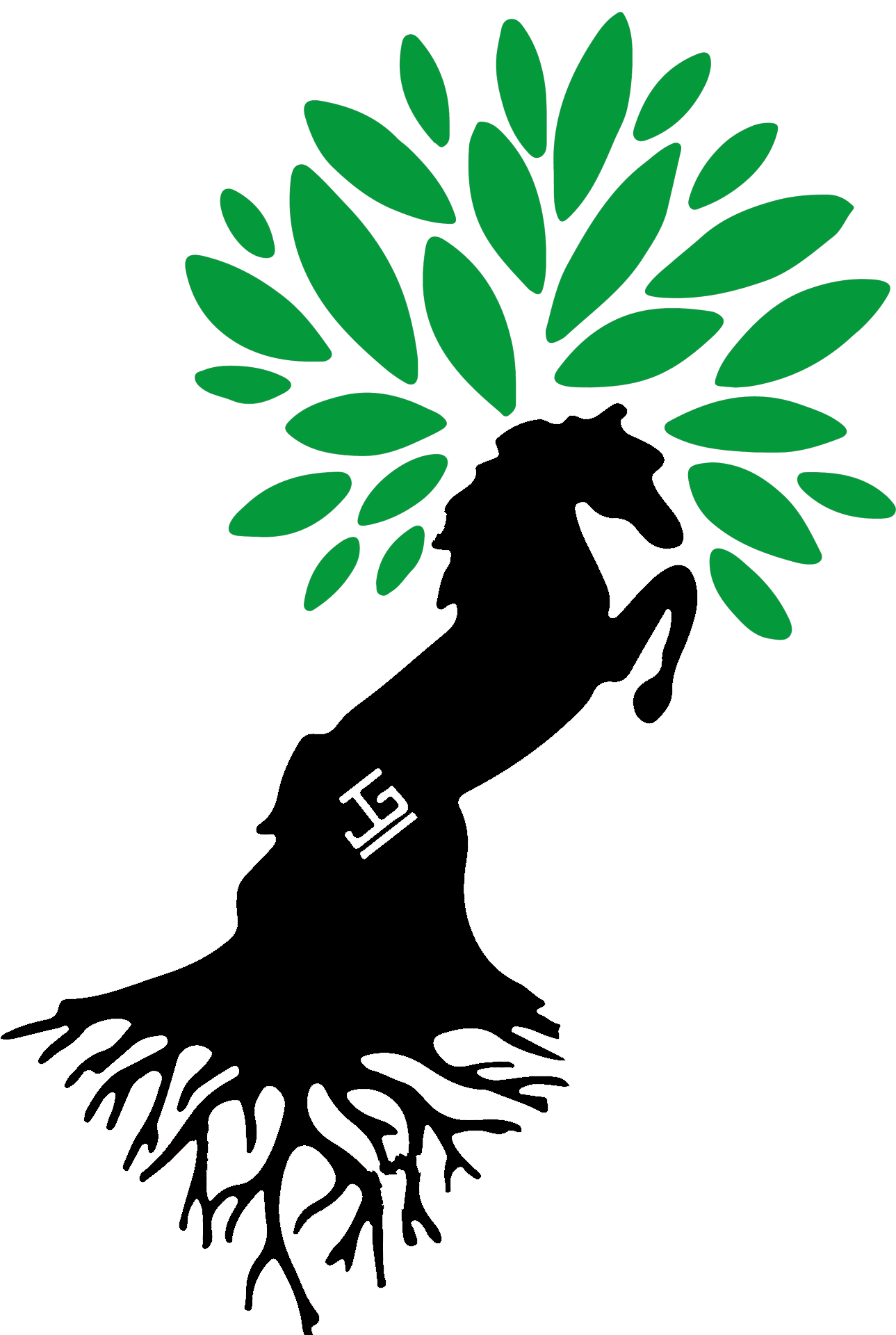How To Trim Tall Trees | JLG Tree Service
Los Angeles County & Ventura County
Welcome, tree enthusiasts and landscape guardians, to a guide that unveils the secrets of taming the giants of nature – tall trees. As a dedicated arborist with a profound respect for the majestic beauty of towering trees, I am thrilled to lead you through the art of trimming these natural wonders. The process of trimming tall trees requires both skill and reverence for their grandeur. In this masterful guide, I'll walk you through the essentials of trimming tall trees, the techniques that ensure safety and vitality, the specialized tools required, and expert tips to conquer this monumental task. Let's embark on this journey and unravel the intricacies of trimming tall trees with finesse and mastery.
The Skill of Trimming Tall Trees
Understanding Tree Growth at Heights:
Before we delve into the heights, let's explore the science of tree growth. Tall trees, with their commanding presence, demand careful attention. Their upward journey towards the heavens involves unique challenges and considerations. As arborists, we must grasp the intricate balance between a tree's vertical aspirations and the necessity of maintenance.
The Purpose Behind Tall Tree Trimming:
Trimming tall trees serves a dual purpose – enhancing their aesthetics while ensuring their well-being. Tall trees are a marvel to behold, but they can also pose risks if not managed properly. Pruning tall trees with precision not only accentuates their grace but also promotes their health and longevity. Each cut should align with the tree's natural growth tendencies, fostering a harmonious coexistence between tree and landscape.
Ascending to the Heights: Tall Tree Trimming Techniques
Aerial Inspection and Risk Assessment:
Before ascending to the canopy, thorough aerial inspection is imperative. This step involves assessing the tree's health, structural stability, and potential risks. Engaging an arborist with expertise in climbing and rigging is a wise move. Aerial assessment helps identify dead or compromised branches, hazardous limbs, and any signs of pests or diseases.
Climbing Techniques for Tall Trees:
Climbing tall trees demands specialized techniques and equipment. Rope climbing and aerial lifts are commonly employed. Skilled climbers utilize various knots and safety harnesses to navigate the tree's vast heights. Ascending the tree with the finesse of a dancer, the arborist's goal is to minimize stress on the tree while maximizing their access for precise cuts.
Artistry in Tall Tree Pruning
Crown Thinning for Light and Airflow:
Crown thinning is a masterstroke in tall tree pruning. It involves selectively removing interior branches and foliage, allowing sunlight to filter through the canopy and improving air circulation. This technique not only enhances the tree's aesthetic appeal but also reduces the risk of wind damage and disease.
Canopy Reduction for Safety:
Trimming tall trees often involves canopy reduction, where the outer branches are carefully pruned to reduce the tree's overall height and density. This technique is particularly useful in urban settings where clearance from structures or utility lines is essential. It requires precision to maintain the tree's natural form while mitigating potential hazards.
Tools Fit for the Heights
Telescopic Pruners and Pole Saws:
Traversing the heights necessitates the use of specialized tools. Telescopic pruners and pole saws provide reach and control, allowing the arborist to make precise cuts without compromising stability. These tools become extensions of the arborist's hands, enabling them to sculpt the tree's canopy with finesse.
Climbing Gear and Safety Equipment:
Safety is paramount in tall tree trimming. Climbing gear, including safety harnesses, ropes, and ascenders, ensures the arborist's security as they navigate the heights. Helmets with face shields provide protection from falling debris, while non-slip boots offer a firm grip on the tree's branches.
Elevated Expertise: Pro Tips for Tall Tree Trimming
Weather Window Strategy:
Timing is critical when trimming tall trees. Choose a calm and dry day to minimize the tree's stress and ensure the arborist's safety. Rain or high winds can compromise the tree's stability and create hazardous conditions.
Dynamic Cuts for Growth Enhancement:
Tall tree trimming is an opportunity to stimulate growth in desired directions. Strategic cuts encourage lateral branching and promote balanced growth. Pruning near branch junctions redirects growth and prevents branches from becoming too heavy and prone to breakage.
Conclusion:
Trimming tall trees is a symphony of skill, respect, and artistry. As arborists, we ascend to the heights not only to shape the tree's form but also to preserve its essence. The towering sentinels of nature deserve nothing less than the meticulous touch of a maestro. With a thorough understanding of tree growth, specialized techniques, the right tools, and expert guidance, you can undertake the monumental task of trimming tall trees with confidence and grace. As you embark on this journey, remember that each cut is a stroke on the canvas of nature's masterpiece. Embrace the challenge, and may your tall trees stand tall, their majesty and vitality echoing through the landscape for generations to come.
Checkout Some Helpful Links or Contact Us
Tree Trimming, Tree Pruning, Fruit Tree Trimming, Tree Topping Services, How To Trim A Tree Without Killing It, What Time Of The Year Should You Trim Trees?, How Often Should You Prune Trees, How To Trim Branches That Overhang Your House, How To Trim Dead Branches Off A Tree



